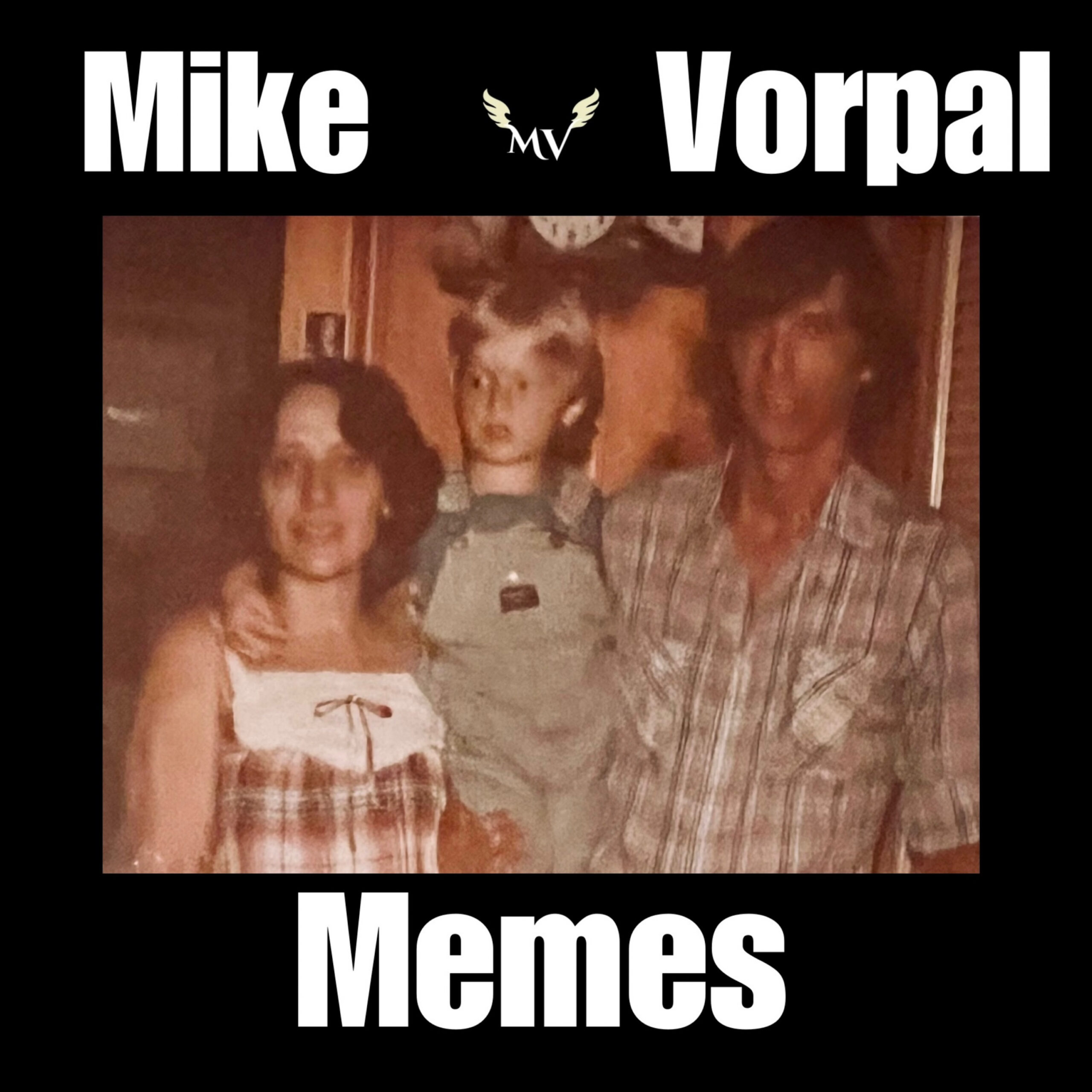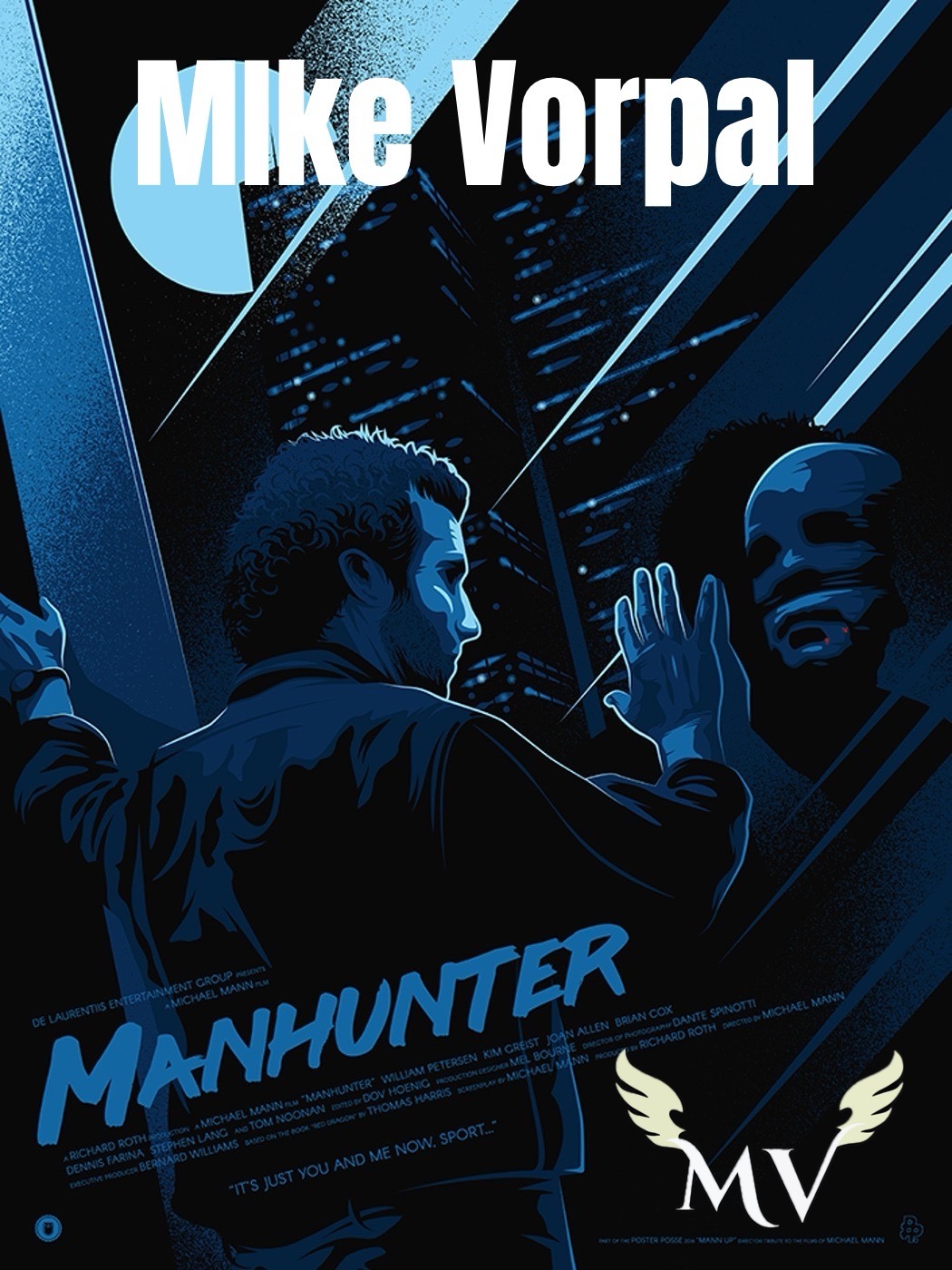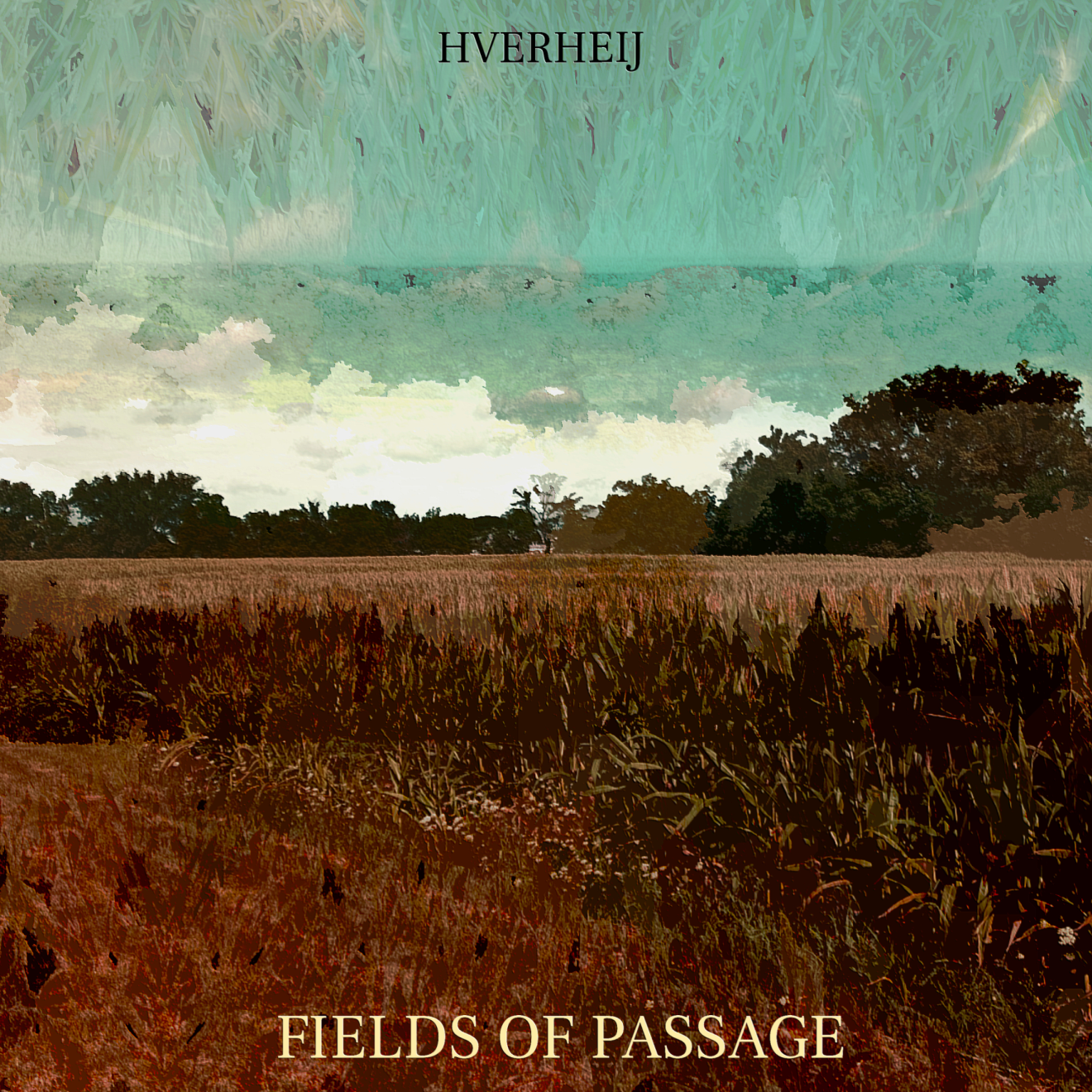“Let Summer Come Around” opens with a calm, unhurried rhythm that immediately sets a reflective tone. The guitar plays with a soft and steady touch, each note falling into place as though it has all the time in the world. This relaxed introduction feels like a quiet moment of stillness before an emotional story begins to unfold.
When the vocals appear, they arrive with a gentle warmth that blends seamlessly into the instrumental backdrop. There is a sincerity in the delivery that avoids unnecessary dramatics, allowing the song’s emotions to surface naturally. Subtle layers in the background enrich the atmosphere without drawing attention away from the core melody. The production keeps everything clear and intimate, giving the track a personal, almost conversational quality.
Lyrically, the song reflects on the act of letting someone go, using the imagery of summer as a symbol for hope and renewal. It is a message that accepts the pain of loss while holding space for the better days that lie ahead. This balance between sorrow and optimism gives the song a lasting emotional impact, making it both tender and uplifting.
The War of the Flowers handles the composition with care, letting small details such as pauses, changes in tone, and the natural flow of the melody guide the listener’s emotions. As the final notes fade, the song leaves behind a feeling of quiet acceptance. “Let Summer Come Around” does not just tell a story of change; it gently reassures the listener that every ending carries the seed of a new beginning.









